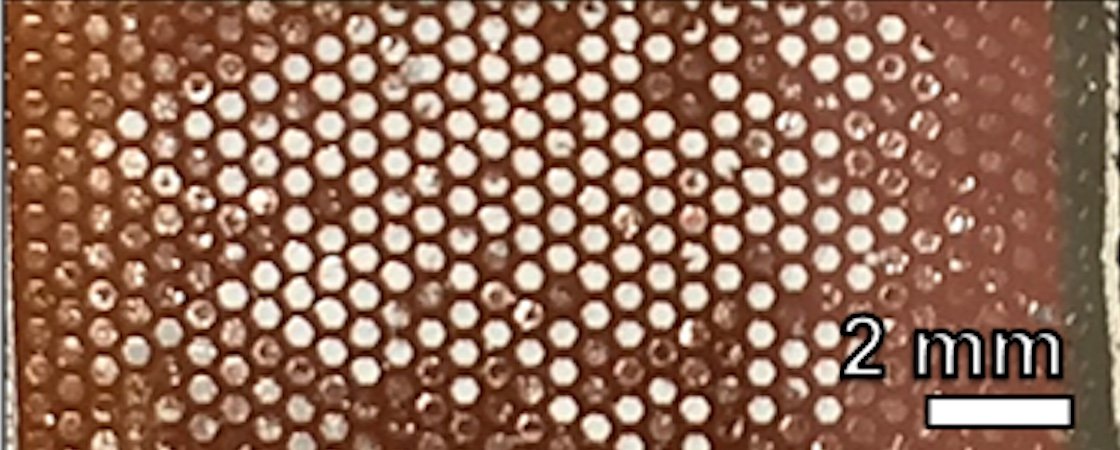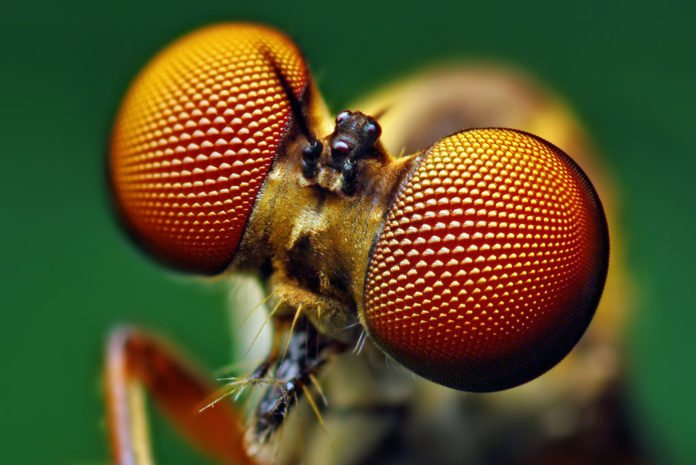Inspired by insect eyes, Stanford scientists packed tiny solar cells together, like micro-lenses in the compound eye of an insect. According to scientists, it will protect a fragile photovoltaic material called perovskite from deteriorating when exposed to heat, moisture or mechanical stress.
This insect eye-inspired, new solar cell design could pave the route to another era of cutting edge photovoltaics.
Reinhold Dauskardt, a professor of materials science and engineering said, “Perovskites are promising, low-cost materials that convert sunlight into electricity as efficiently as conventional solar cells made of silicon. The problem is that perovskites are extremely unstable and mechanically fragile. They would barely survive the manufacturing process, let alone be a durable long term in the environment.”
Due to the fragility of Perovskites, it has mechanical properties similar to table salt. And most of the solar panels are flat, thus the approach does not work well with Perovskites.
To find the solution to this issue by making it more durable, scientists turned the nature.

They turned out to the compound eye of the fly. A fly eye usually composed of hundreds of tiny segmented eyes. Using the compound eye as a model, the researchers created a compound solar cell.
Dauskardt explained, “It has a beautiful honeycomb shape with built-in redundancy: If you lose one segment, hundreds of others will operate. Each segment is very fragile, but it’s shielded by a scaffold wall around it.”
This new solar cell design consists of a vast honeycomb of perovskite microcells. Each microcell was encapsulated in a hexagon-shaped scaffold just 0.02 inches wide. As the scaffold made of an inexpensive epoxy resin, it is resilient to mechanical stresses.
During experiments, scientists found that the scaffolding had little effect on how efficiently perovskite converted light into electricity.
To find out whether the device could withstand in extreme heat and humidity or not, scientists exposed it to temperatures of 185 F (85 C) and 85 percent relative humidity for six weeks. Guess what?? The cells continued to generate electricity at relatively high rates of efficiency.
Dauskardt said, “We got nearly the same power-conversion efficiencies out of each little perovskite cell that we would get from a planar solar cell. So we achieved a huge increase in fracture resistance with no penalty for efficiency.”
Scientists now filed a provisional patent for the new technology. To improve efficiency, they are studying new ways to scatter light from the scaffold into the perovskite core of each cell.
“It’s a new way of thinking about designing solar cells. These scaffold cells also look really cool, so there are some interesting aesthetic possibilities for real-world applications.”
